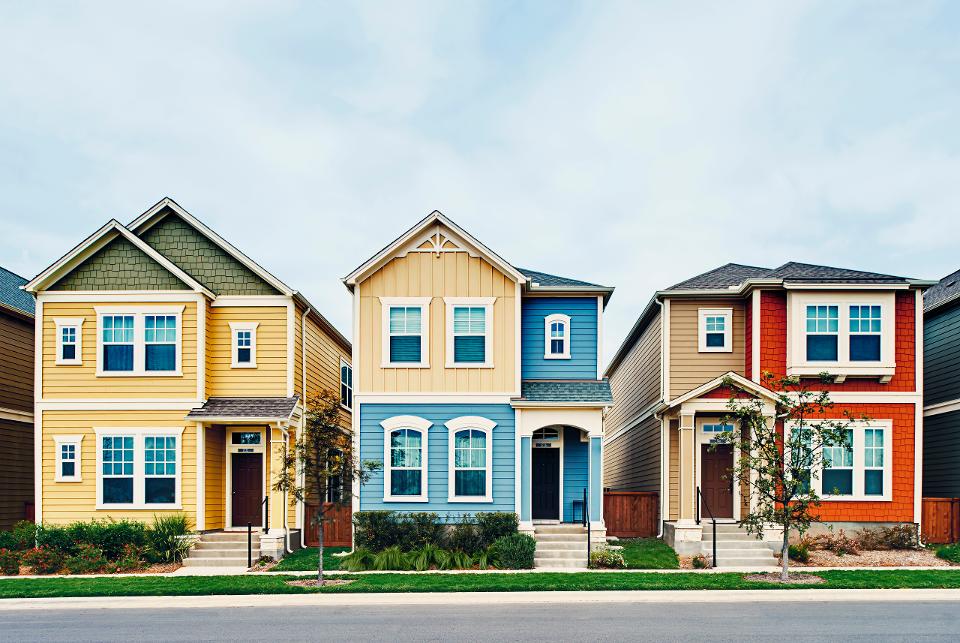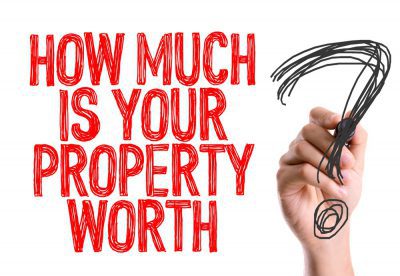Protecting your investment with home insurance
Table of Contents

Navigating the world of home ownership brings its fair share of responsibilities, and one of the most crucial is protecting your investment with home insurance. Think of it like putting on a safety net for your most valuable asset. Home insurance isn’t just a precautionary measure; it’s an essential layer of financial protection against unforeseen events like fires, theft, natural disasters, or even liability in case someone gets injured on your property.
It’s about peace of mind, knowing that should the unexpected happen, you’re not left grappling with a financial setback that could derail your hard-earned investment. Whether you’re a first-time homeowner, or you’ve been in the game for years, understanding and choosing the right home insurance policy is key. It’s not just about fulfilling a mortgage requirement; it’s about safeguarding your sanctuary, your memories, and your future. So, let’s dive into the essentials of home insurance and why it’s a pivotal piece in the puzzle of home ownership.
Download Now: Property Buyers Guide [Free Access]
How much coverage do you need

The first step in protecting your investment with home insurance is to determine how much coverage you need. The amount of coverage you need will depend on the value of your home, the cost of rebuilding or repairing it, and the value of your personal property. To calculate the value of your home, consider the cost of materials and labor to rebuild your home in the event of a total loss, such as a fire or natural disaster. You will also want to factor in the cost of any upgrades or improvements you have made to your home, such as a new kitchen or a finished basement.
What is the value of your property

The next step is to determine the value of your personal property. This includes everything from furniture and appliances to clothing and jewelry. It is important to create an inventory of your personal property and to keep records of the purchase price and age of each item. It’s also important to keep records of any valuable items, such as antiques, collectibles, or fine art, as these may require additional coverage or appraisals.
Types of home insurance
Once you have determined the value of your home and personal property, you will need to consider the different types of coverage available and what best fits your needs. The most common types of home insurance include:
Homeowners insurance:
1. This type of insurance provides coverage for your home and personal property in case of damage or loss from events such as natural disasters, fire, theft, and vandalism. It also provides liability coverage in case someone is injured on your property.
Mortgage insurance:
1. This type of insurance is required by most lenders when you purchase a home with a mortgage. It provides coverage for the lender in case of a default on the mortgage. It is different from homeowners insurance and typically covers less as it is usually only covers the outstanding mortgage amount.
Flood insurance
1. This type of insurance provides coverage in case of damage from flooding. Flood insurance is separate from homeowners insurance and is typically required if you live in a flood zone.
Umbrella insurance
1. This type of insurance provides additional liability coverage beyond what is covered by homeowners or auto insurance. This could be useful for homeowners with high net worth or assets that could be vulnerable to a lawsuit.
When shopping for home insurance, it’s important to compare quotes from multiple insurance companies to find the best coverage at the most affordable price. Keep in mind that the cheapest insurance policy may not be the best option, as it may not provide the coverage you need.
More home insurance tips

It’s also important to review your insurance policy annually to ensure that you have adequate coverage and to update it if necessary. For example, if you have made improvements to your home, you will need to increase your coverage to reflect the increased value of your property.
To save money on your home insurance, there are several things you can do to lower your premium, such as installing security systems, smoke detectors, and fire alarms, and maintaining your home to prevent damage from natural disasters. Another way to save money on your insurance is to increase your deductible, which is the amount you pay out of pocket before your insurance policy kicks in.
In addition to home insurance, it’s also important to consider other types of insurance that may be relevant to your situation, such as life insurance, disability insurance, and long-term care insurance.
Conclusion
So, when it all comes down to it, investing in home insurance is not just a smart move, it’s a vital one for safeguarding your property and your peace of mind. It’s about more than just protecting the structure you live in; it’s about securing your financial future against the unpredictable. With the right insurance policy, you can rest easy knowing that you’re covered for a wide range of potential risks, from natural disasters to unexpected damages or theft.
Remember, your home is likely one of the biggest investments you’ll ever make, so wrapping it in the protective blanket of insurance isn’t just wise—it’s essential. Take the time to understand your policy options, find coverage that fits your specific needs, and consider it an integral part of your home ownership journey. In the unpredictable journey of life, having home insurance is one of those decisions you’ll never regret making. After all, it’s not just about a house; it’s about protecting your home and the life you build within it.

